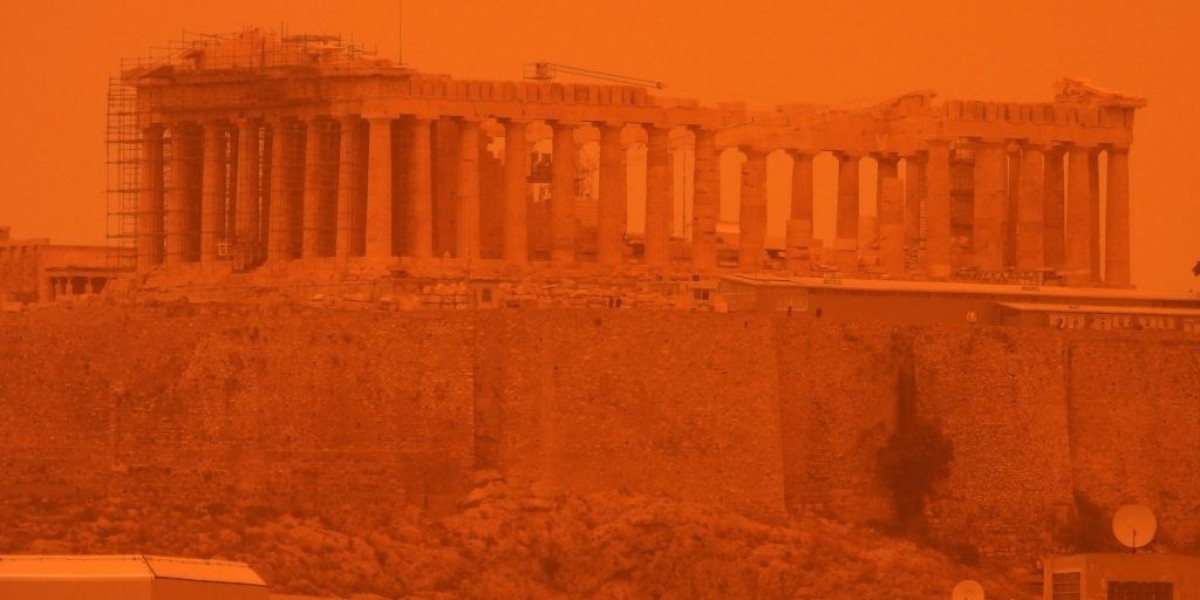The Department of Physics of the National and Kapodistrian University of Athens, emphasizes that the phenomenon started very early, from March, while it is usually expected in April. It is noted that the frequency of Saharan depressions is relatively high, reaching a rate of 30%-40%.
Furthermore, a new episode of African dust transport is expected to last for three days, with dust concentrations subsiding from Friday. The areas that are most expected to be affected are the Ionian Islands, the Peloponnese, the Cyclades, Crete, and the Dodecanese. African dust carries heavy metals, which are toxic to humans, and the particles incorporate bacteria, fungi, and pollen, causing an exacerbation of symptoms in allergic individuals. There is also an increased movement of African dust in Greece, with many areas being "drowned" in dust.














